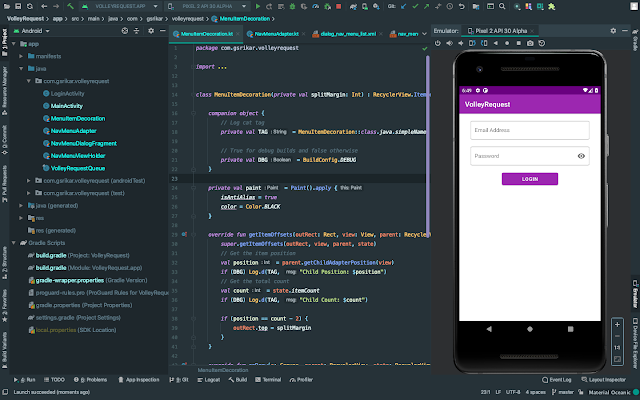The Kano Method in Product Management: A Comprehensive Guide

Introduction Understanding what truly delights customers is one of the biggest challenges in product management. While some features are essential, others can significantly enhance customer satisfaction or even exceed expectations. The Kano Method is a powerful prioritization framework that helps product managers classify product features based on how they impact customer satisfaction. Developed by Professor Noriaki Kano in the 1980s, this method categorizes product features into different types of customer needs—ranging from basic expectations to features that create excitement. By using the Kano model, product managers can prioritize features that maximize customer satisfaction while balancing essential functionality. In this article, we'll dive deep into the Kano Method, its categories, how to apply it, and why it’s a game-changer for product prioritization. What? The Kano Method is a customer satisfaction framework that helps product managers categorize product features based o...



